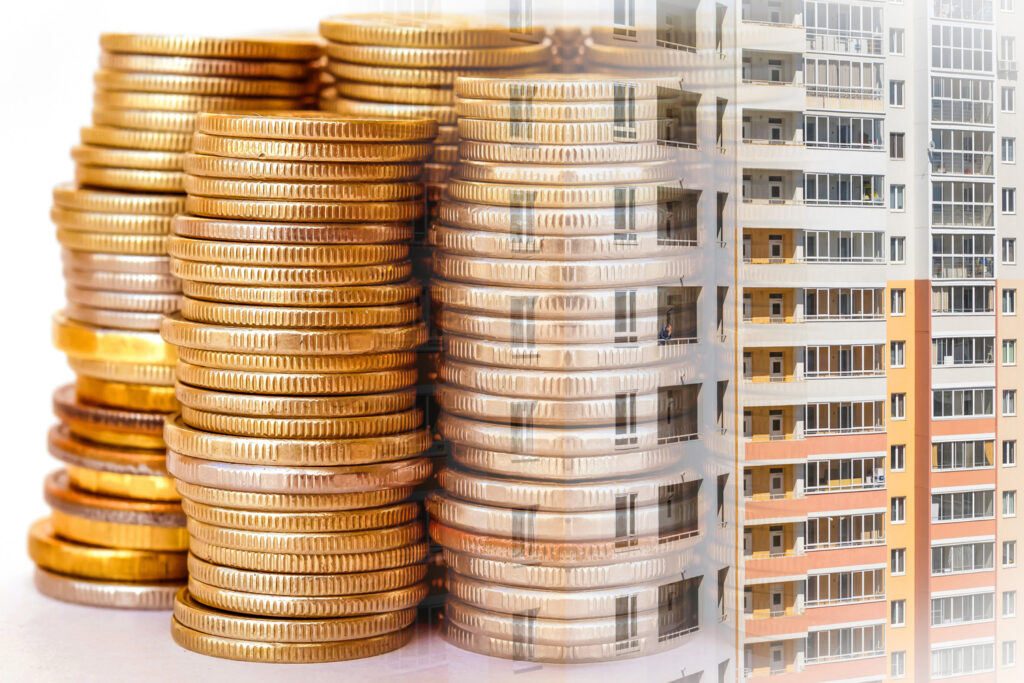
How to calculate ROI for real estate investments
When you’ve capitalized on a real estate investment opportunity, you and your investors want to know your return on investment (ROI). After all, it’s pretty safe to say every investor in real estate is hoping to turn a profit. But how do you calculate ROI? It’s a deceptively simple-seeming question with a number of special considerations, so let’s take a closer look.
Formula for Calculating ROI on an investment property
Investopedia offers a deceptively simple calculation to determine ROI:
ROI = (Gain from Investment – Cost of Investment)/Cost of Investment
While this may seem to be a pretty straightforward calculation, the truth is several factors figure in, including expenses like repair and upkeep, and how much money with interest was borrowed to make the investment. According to Investopedia, ROI will typically be better if the investment cost is lower, but financing terms can also have an impact. So the importance of finding favorable interest rates cannot be overstated.
Two Methods for Calculating ROI
There are two methods for calculating ROI using the above formula: the cost method and the out-of-pocket method.
The cost method divides the equity by all costs related to the property purchase, upkeep and repairs of the property. Investopedia offers this example: say you purchase a property for $100,000, and investors spend an additional $50,000 on repairs and upgrades, after which the property value jumps to $200,000. The investors’ equity position in this case would be $50,000:
200,000 – (100,000 + 50,000) = $50,000.
Under this calculation, ROI would be .33%, calculated by dividing $50,000 by $150,000.
Under the out-of-pocket method, which is preferred by real estate investors because of higher ROI results, a loan for the down payment can contribute to better results. For example, the same property at the same purchase price, when financed with a down payment loan for $20,000 results in the following:
$20,000 out of pocket (loan for down payment) + $50,000 for repairs/rehab = total out of pocket expenses of $70,000
If the property is valued at $200,000, the equity position is $130,000, placing the ROI at .65% ($130,000/$200,000), nearly double the first calculation, as the loan increases the ROI. Of course this does not come in the form of a cash payout until and unless the property sells at market value plus the costs of selling the property.
Calculating Real Estate Investment Returns
When looking at real estate investment returns, you’re going to pay special attention to two numbers in particular: your cash flow as it relates to your initial investment, plus equity. The combination of your property cash flow and the equity in your property is known as the internal rate of return (IRR).
According to The Motley Fool, the calculations can be complex, in particular because the rent your tenants pay may fluctuate as well as expenses like property taxes. In fact, income, expenses (including financing costs) and equity all play a role in this equation. The Motley Fool offers an in-depth calculator that takes these factors into consideration to determine your potential IRR.
Figuring out your return on investment from your income property can be complex and multi-factorial, and there are many differences of opinion on how best to reach that number. Yet, calculating ROI is an essential step in determining whether your investment property is likely to turn a profit now and in the future. Hopefully these formulas help you arrive at that figure for a full picture of your investment potential.